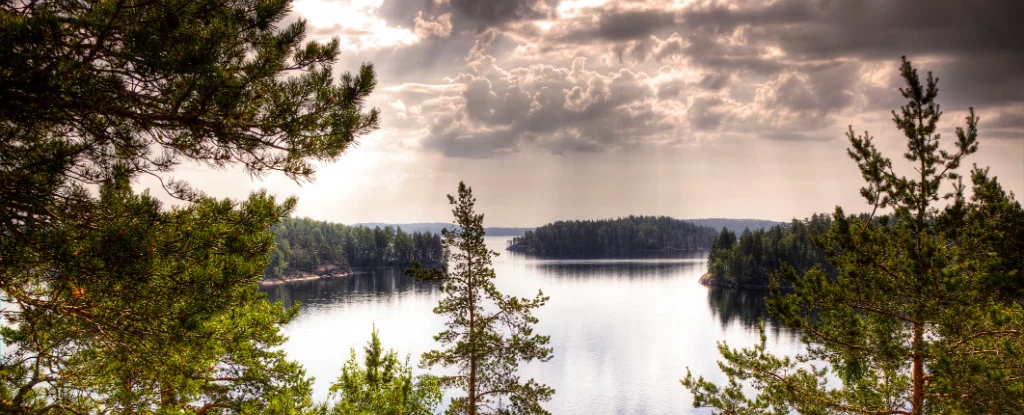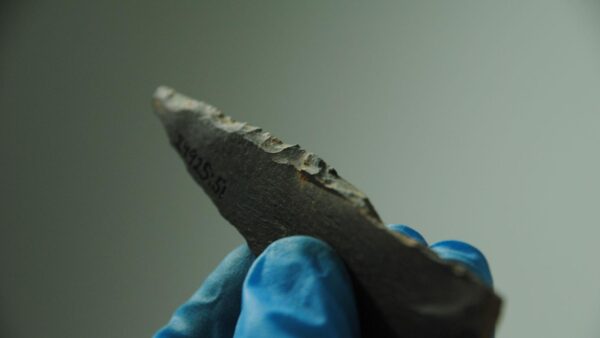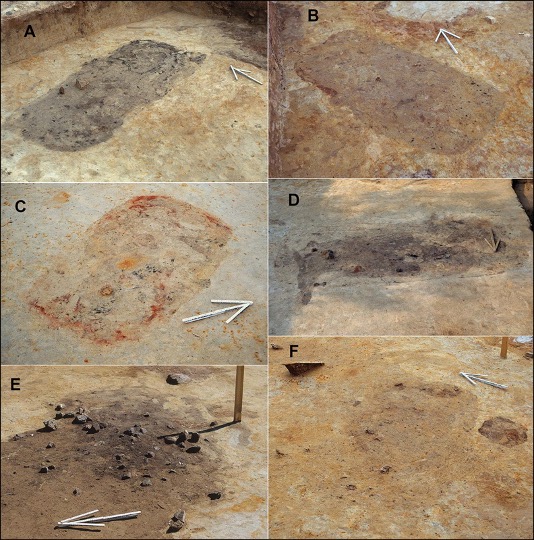A mysterious ancient cemetery found in Finland
- December 5, 2023
- 0
A mysterious ancient cemetery that has baffled Finnish archaeologists for decades may be one of the largest Stone Age cemeteries in Northern Europe, a new study suggests. Located
A mysterious ancient cemetery that has baffled Finnish archaeologists for decades may be one of the largest Stone Age cemeteries in Northern Europe, a new study suggests. Located

A mysterious ancient cemetery that has baffled Finnish archaeologists for decades may be one of the largest Stone Age cemeteries in Northern Europe, a new study suggests. Located on the edge of the Arctic Circle in Tainiaro, where long and harsh winters occur, this area was first excavated in 1959 and re-explored in the late 1980s, but the findings from these excavations never came to light.
Thousands of artifacts were identified, and archaeologists later discovered that the sandy soil was covered with ash and ocher. But no human remains have been found in Tainiaro’s dozens of shallow pits; This led researchers to wonder what drove people to congregate on the forested shores of the estuary near the Arctic.
A new analysis led by archaeologist Aki Hakonen of the University of Oulu in Finland strengthens the view that the site was used as a cemetery, with nearly 200 burial pits dug by Stone Age communities around 6,500 years ago. They are known for their nomadic lifestyle.
“Although no skeletal material has been preserved at Tainiaro,” Haakkonen and colleagues write in their paper, “in our view Tainiaro should be considered a burial site.”
To reach this conclusion, the team examined old records of the site to relocate previously dug trenches, then dug several more and compared the shape, size and contents of the pits with other Stone Age burial sites found elsewhere in Finland.
Bones buried in the acidic soil of the area could decompose over several thousand years, but thousands of stone artifacts, pottery shards, and a few burnt animal bones were preserved and found scattered throughout the site.

Many of the pits contained traces of ash and coal, although not as thick as the thick layers of burnt material found elsewhere in Stone Age hearths. Others had occasional traces of red ocher, but not enough to indicate that the depressions were ceremonial burial.
But the shape and size of the Tainiaro pits closely matched hundreds of Stone Age graves found in 14 cemeteries across Northern Europe. Many Tainiaro pits were shallow rectangles with rounded corners, 1.5 to 2 meters long and about half a meter deep.

Based on their comparisons, the team interpreted 44 of the approximately 200 pits as graves; but only one-fifth of the areas have been excavated so far; hence further research may reveal much more. If the pits are indeed hundreds of graves, this means Stone Age societies living near the North Pole may have been larger than previously thought. Haakkonen says other nearby tombs are much smaller and contain about 20 burial pits.
The team plans to use GPR to examine the area without disturbing it. Haakkonen says soil samples can also be analyzed for human DNA, fossilized hair or animal fur and bird feathers to learn more about possible burial practices.
Just last year, researchers discovered the remains of a child with an ornate grave covered in feathers and fur, located in modern-day Finland. The lucky find painted a rich picture of Stone Age communities in the region that may have had a close association with death.
But Haakkonen and his colleagues note that Tainiaro may have been more than a burial shelter, given the abundance of tools and charred material found at the site. Nomads may have lit fires or made stone tools next to graves, and may have lived among the dead for a while.
“Many questions remain unanswered about Tainyaro,” the team wrote. “But for now, the idea that a large cemetery exists near the Arctic Circle should force us to rethink our impressions of the north and its place in the periphery in the prehistory of the world.” Source
Source: Port Altele
As an experienced journalist and author, Mary has been reporting on the latest news and trends for over 5 years. With a passion for uncovering the stories behind the headlines, Mary has earned a reputation as a trusted voice in the world of journalism. Her writing style is insightful, engaging and thought-provoking, as she takes a deep dive into the most pressing issues of our time.